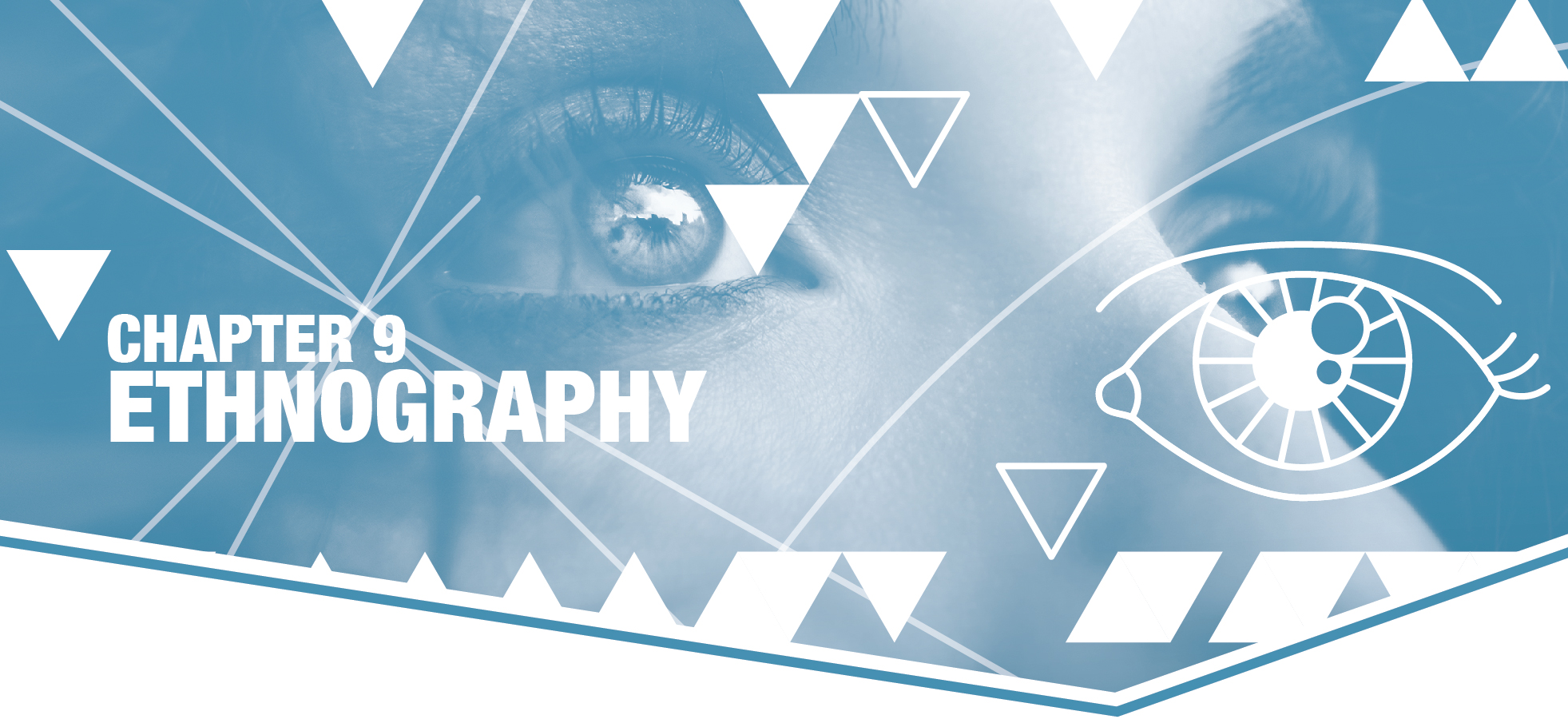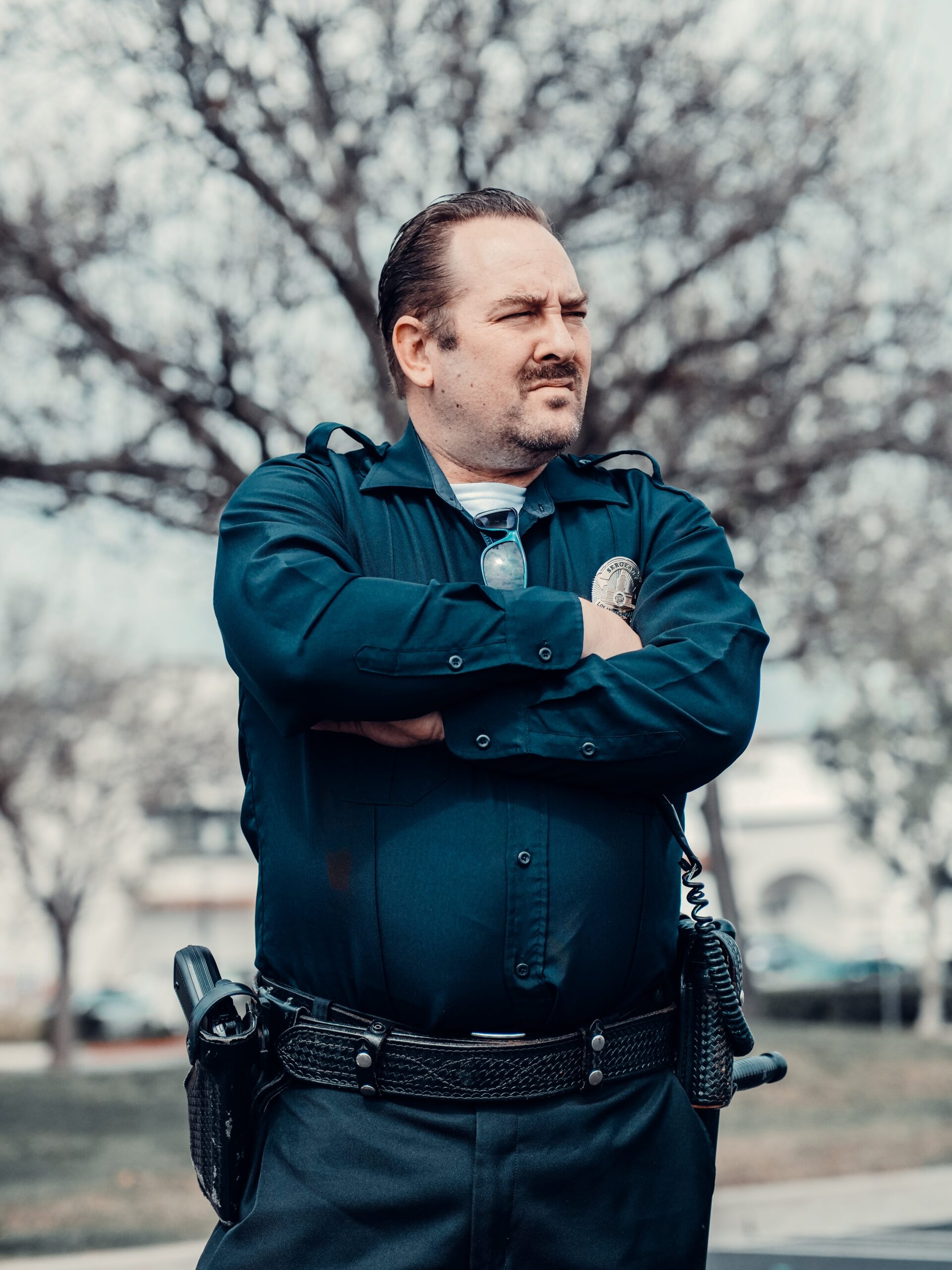9. Ethnography
 If we wanted to know who handles more of the housework in married households, how would we find the answer? One way would be to interview people and simply ask them. That is exactly what Arlie Russell Hochschild did in her classic sociological study of the “second shift,” her term for the work that goes on in the home after the day’s work for pay is completed.
If we wanted to know who handles more of the housework in married households, how would we find the answer? One way would be to interview people and simply ask them. That is exactly what Arlie Russell Hochschild did in her classic sociological study of the “second shift,” her term for the work that goes on in the home after the day’s work for pay is completed.
With her colleague Anne Machung, Hochschild (1989) interviewed 50 heterosexual married couples with children to learn about whether and how they shared the second shift. Many of these couples reported to her that they divvied up the workload equally. Some even split their residences into areas that were “her” responsibility and “his.” But Hochschild wasn’t satisfied with just listening to what couples had to say about all the housework they did. She chose to observe 12 of these couples in their homes as well to see for herself what housework they did.

What Hochschild discovered was that even those couples who claimed to have an equitable division of labor fell far short of achieving it. For example, one couple who insisted that they pitched in equally to maintain their house explained that the wife was responsible for the upstairs and the husband the downstairs. After visiting this couple’s home, however, Hochschild discovered that the upstairs contained all the bedrooms and bathrooms as well as the kitchen, the dining room, and the living room. The downstairs included just a storage space and the garage. This “equal” division of labor meant that the woman actually did most of the work.
The observations that Hochschild conducted at people’s homes fall into a category of qualitative research called ethnography. Ethnography involves observing a phenomenon within its social context. Researchers—called ethnographers or field researchers—deeply immerse themselves in a particular setting, usually over an extended period of time. They collect their data by seeing what people do and say within that setting. In the social sciences, this sort of first-hand reporting is often described as observation—sometimes, ethnographic observation (to distinguish it from the broader idea of “observation” that all scientists do when they gather data in the real world).
The setting where ethnographers conduct their observations is called a field site, and the act of visiting that space to do research is widely known as “going into the field.” While in the field, ethnographers take extensive notes and describe their experiences in considerable detail, typically with the goal of capturing a vivid and sweeping portrait of the locations and people they observed. When they leave the field, ethnographers then focus on analyzing the rich information they gathered, often through an interpretive approach—making sense of what people say or do, with a focus on the social significance of those words and actions. (Confusingly, a study built upon the methodological approach of ethnography is called an ethnography—as in, “Victor wrote an ethnography about unemployment.”)

When they are in the field, ethnographers are not necessarily standing around with a notepad, mutely documenting how people go about their days. As we will describe in this chapter, they frequently participate in some fashion in the activities they observe—doing anything from volunteering for an organization, to training and working in an entirely new profession. And even if they choose to observe in the capacity of bystanders to the action, they will often ask questions or otherwise interact with the people in the setting, opening up new possibilities to gather interesting data. Their on-the-spot conversations with research participants can be instructive in themselves, but many ethnographers go a step further. Like Hochschild did in her study of married couples, they may conduct formal sit-down interviews with the people associated with their field sites—before, after, or during their observations. Combining ethnographic observation with this other qualitative method—in-depth interviewing (discussed in the next chapter)—gives researchers a more comprehensive understanding of the phenomenon at hand. It also allows them to use one method to evaluate or extend the findings derived from the other, in a process known formally as triangulation. For instance, if Hochschild had just interviewed couples rather than observing their behaviors for herself, she might have completely missed how they were saying one thing about household labor but doing something very different. Her observations helped her critique and build on what she uncovered from her interviews.
While observation and interviewing often go hand-in-hand, it’s important not to confuse these two approaches. For one thing, some qualitative researchers focus mainly on in-depth interviewing (also known as qualitative interviewing) and do little, if any, first-hand observations of relevant social settings. (Strictly speaking, qualitative studies of this kind would be called “interview-based studies” rather than “ethnographies.”) Furthermore, “ethnography” is a term that in recent years has widened to include observations in digital spaces. In a digital ethnography, for instance, a researcher observes—as a bystander or participant—what is transpiring on social media platforms, video streams, and the like, often in real time. We’ll have more to say about approaches to studying online interactions in Chapter 15: Materials-Based Methods. In this chapter, we’ll focus on in-person ethnography—observations in real life. As you will find, this approach demands a range of widely applicable skills that relate to discerning and documenting the world around you.
Opening chapter image credit: Marina Vitale, via Unsplash. Adapted by Bizhan Khodabandeh.

